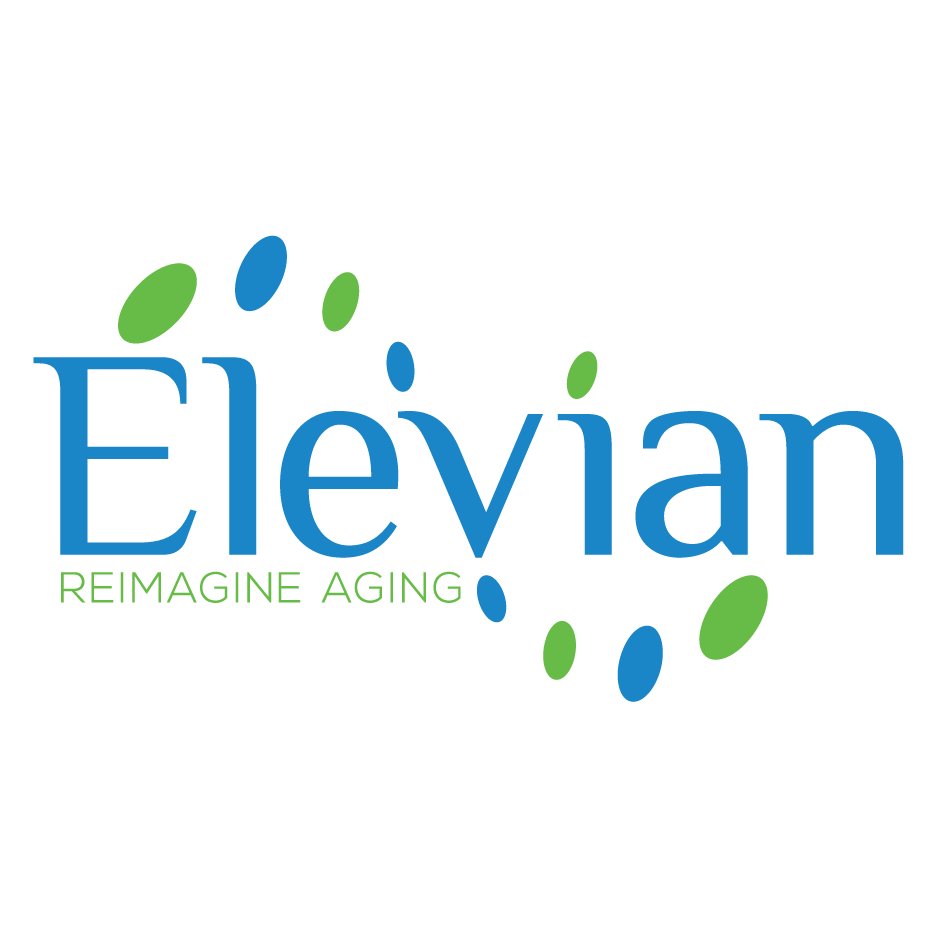It has been known for some time now that there are certain pro-youthful factors present in blood which can improve tissue and organ regeneration by their presence. This is one reason why we heal and recover from injury much faster when we are young compared to when we get older.
Various researchers have spent the last decade or so investigating the blood trying to discern what factors are beneficial to health and which ones are harmful. Some researchers have demonstrated that when young blood is transfused to older animals more youthful regeneration is the result. The opposite is also true as young animals given the blood from older ones suffer a reduced regenerative capacity and age faster.
Elevian is a company working on identifying blood factors which can spur regeneration and have been working with a naturally occurring molecule known as “growth differentiation factor 11” (“GDF11”). Their scientific founders have demonstrated that when aged mice are given GDF11 it reduces age-related cardiac hypertrophy, accelerates skeletal muscle repair, improves exercise capacity, improves brain function and cerebral blood flow, and improves metabolism [1-8].
Elevian is engaged in the development of a number of therapies that increase GDF11 and other beneficial factors found in young blood, this aim is to then use these factors to restore lost regenerative capacity in older people to maintain health and prevent age-related diseases.
In November 2020, Elevian announced $15 million of equity funding with which to develop GDF11. This was dwarfed by a $40 million Series A round in September 2021, which will allow Elevian to submit an investigational new drug application, increase manufacturing capacity and finish Phase 1 clinical trials for stroke recovery.
References
[1] Conboy, I. M., Conboy, M. J., Wagers, A. J., Girma, E. R., Weissman, I. L., & Rando, T. A. (2005). Rejuvenation of aged progenitor cells by exposure to a young systemic environment. Nature, 433(7027), 760.
[2] Loffredo, F. S., Steinhauser, M. L., Jay, S. M., Gannon, J., Pancoast, J. R., Yalamanchi, P., … & Miller, C. M. (2013). Growth differentiation factor 11 is a circulating factor that reverses age-related cardiac hypertrophy. Cell, 153(4), 828-839.
[3] Sinha, M., Jang, Y. C., Oh, J., Khong, D., Wu, E. Y., Manohar, R., … & Hirshman, M. F. (2014). Restoring systemic GDF11 levels reverses age-related dysfunction in mouse skeletal muscle. Science, 344(6184), 649-652.
[4] Katsimpardi, L., Litterman, N. K., Schein, P. A., Miller, C. M., Loffredo, F. S., Wojtkiewicz, G. R., … & Rubin, L. L. (2014). Vascular and neurogenic rejuvenation of the aging mouse brain by young systemic factors. Science, 344(6184), 630-634.
[5] Walker, R. G., Poggioli, T., Katsimpardi, L., Buchanan, S. M., Oh, J., Wattrus, S., … & Thompson, T. B. (2016). Biochemistry and biology of GDF11 and myostatin: similarities, differences, and questions for future investigation. Circulation research, 118(7), 1125-1142.
[6] Walker, R. G., Czepnik, M., Goebel, E. J., McCoy, J. C., Vujic, A., Cho, M., … & Bernard, D. J. (2017). Structural basis for potency differences between GDF8 and GDF11. BMC biology, 15(1), 19.
[7] Walker, R. G., McCoy, J. C., Czepnik, M., Mills, M. J., Hagg, A., Walton, K. L., … & Harrison, C. A. (2018). Molecular characterization of latent GDF8 reveals mechanisms of activation. Proceedings of the National Academy of Sciences, 115(5), E866-E875.
[8] Ozek, C., Krolewski, R. C., Buchanan, S. M., & Rubin, L. L. (2018). Growth Differentiation Factor 11 treatment leads to neuronal and vascular improvements in the hippocampus of aged mice. Scientific reports, 8(1), 17293.
